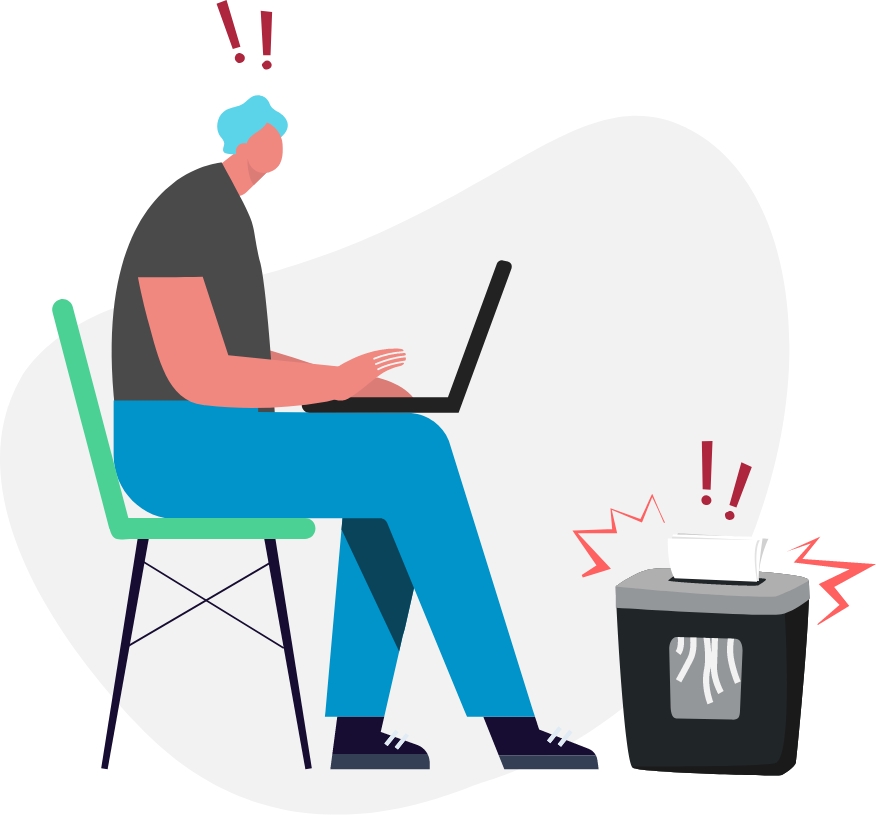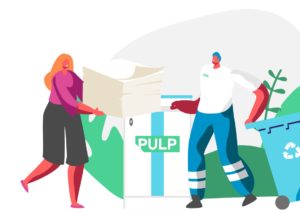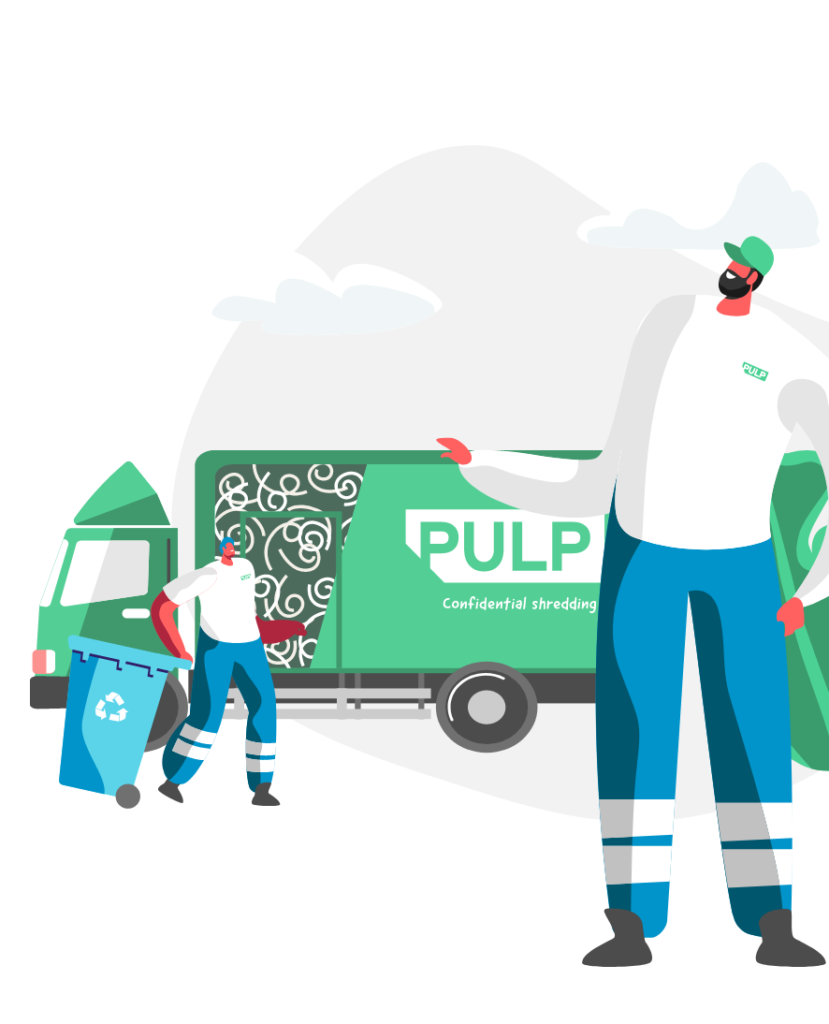Ever since the invention of the first shredder, the main purpose has been to destroy paper documents in a fast, effective, and secure way that makes the information present unreadable for any person who sees it. This remains the basic premise of shredders today, but the technology and the different types of materials that can be shredded, have changed over time.
The Birth of Industrial Shredding
The first ever shredder designed was based on a hand-operated pasta machine, with a patent filed in 1909 in America. This basic design was never actually made though, so the first actual shredder that made it all the way to production was designed in 1930s Germany by Adolf Ehinger. He needed something that could quickly destroy anti-Nazi propaganda that he was making, but later it was patented and sold to government agencies and financial institutions.
Growth of Shredding in the Business World
Over the past century the way in which the business world operates has changed significantly. Of course, there has always been paper documents that require shredding, in any business, but in recent decades there has been a growth in the number of businesses facing specific regulation dealing with the disposal of documents and information.
Evolution of Machine Design and Efficiency
The first document shredders were designed very much like a pasta machine, where paper would pass through blades and be cut into strips. As criminals become better at putting shredded documents back together, more advanced shredders were designed, including automated mechanisms shredding to smaller dimensions.
The Role of Shredding in Different Industries
There are a few reasons why shredding has evolved to be important in many different industries:
- Increases employee productivity – manual shredding, tearing, and cutting, is time intensive for employees and presents a risk for information to remain visible. Professional shredding companies take this necessity away, increasing productivity.
- GDPR compliance – shredding is now used to ensure compliance with GDPR and industry-specific regulation, disposing of pertinent, sensitive information in a secure and timely manner.
- Protect employee and client details – it is vital for the relationship between employer and employee and between company and client, that all information is disposed of in the most secure fashion. This is a great way to build long-lasting trust.
- Free up space – physical documents can take up a lot of space in a workplace, which can be freed up to be more cost-effective.
- Reduce carbon footprint – shredding documents and recycling old paper is a great way to act sustainably as a business.
In healthcare and the legal sector there will be client information that is sensitive and of a personal nature that must be stored and disposed of correctly. For banking and financial institutions, the personal financial records of clients are in danger, and in most regular industries, customer information and day-to-day records are disposed of to clear up space and to maintain GDPR compliance.
Key Milestones in Commercial Shredding
- 1900s – the first design of a shredder was put together in America, based on a hand-operated pasta machine.
- 1930s – the first shredder is created by Adolf Ehinger to dispose of anti-Nazi propaganda he was making.
- 1950s – the first cross-cut paper shredder was created by Ehinger’s company.
- 1980s – desire for paper shredders becomes more common amongst a wide range of businesses and sales increase globally.
- 1990s – present day – as regulations have increased across the globe and every industry requiring the use of shredding services, there is a greater need to dispose of confidential information.
The Future of Commercial Shredding
The industry has continued to evolve as the regulatory demands and the inherent processes of every industry have evolved. Commercial shredding services have always been designed to safely destroy information, not just paper. This remains the same today and into the future, but as we have seen in recent years with the implementation of stringent GDPR, the way in which companies can store, and process information evolves. The shredding industry must always be ready to move with these changes, as well as with the sheer quantity of materials that require shredding in any company.
Conclusion
For a wide range of businesses, it is important to have a good relationship with a company that can provide confidential shredding for a wide range of physical documents and digital media. No matter the industry, the modern world has evolved from the early days of commercial shredding. With GDPR and other industry-specific regulations to adhere to, a business owner must be proactive with securing a shredding process that is secure and regular.





